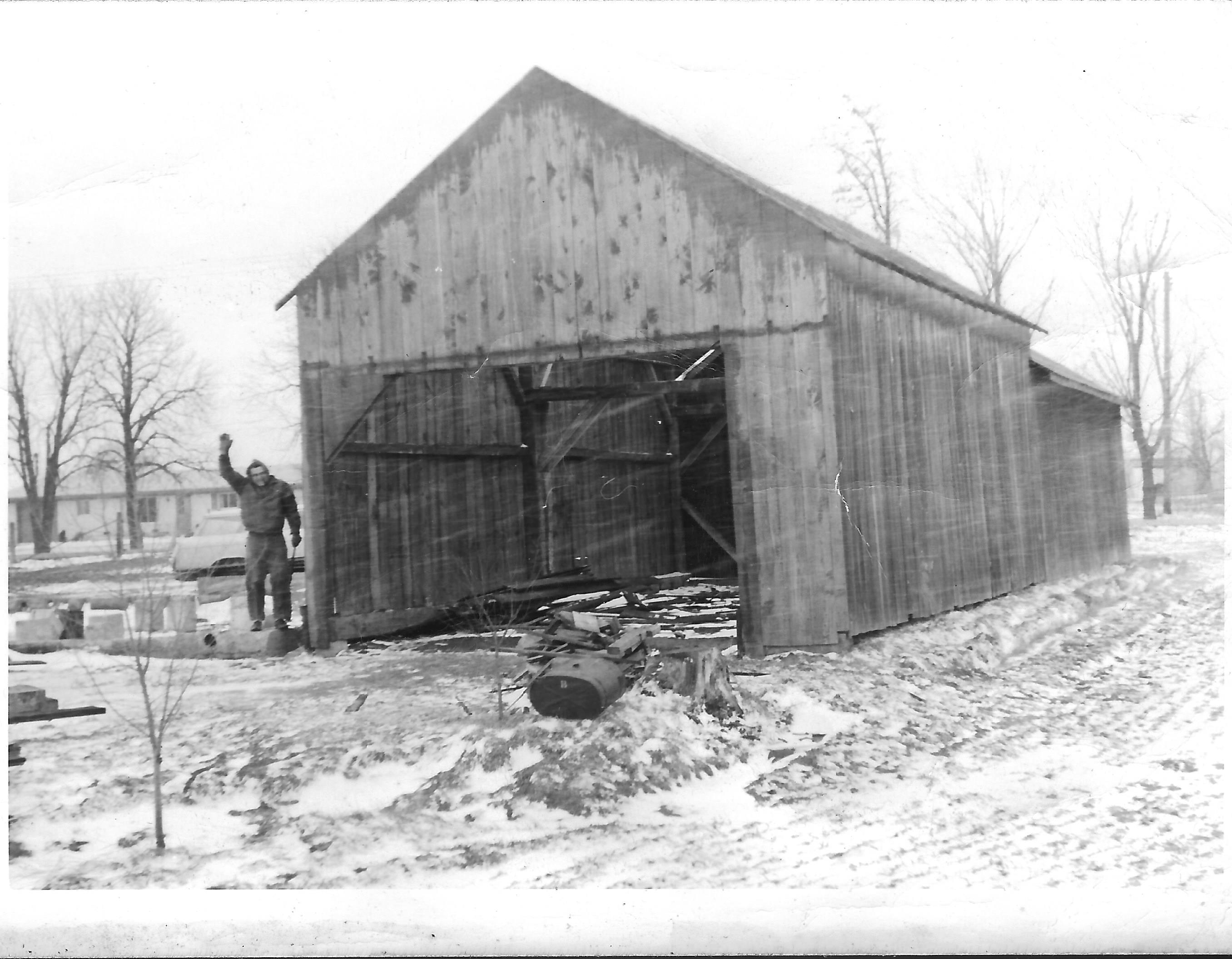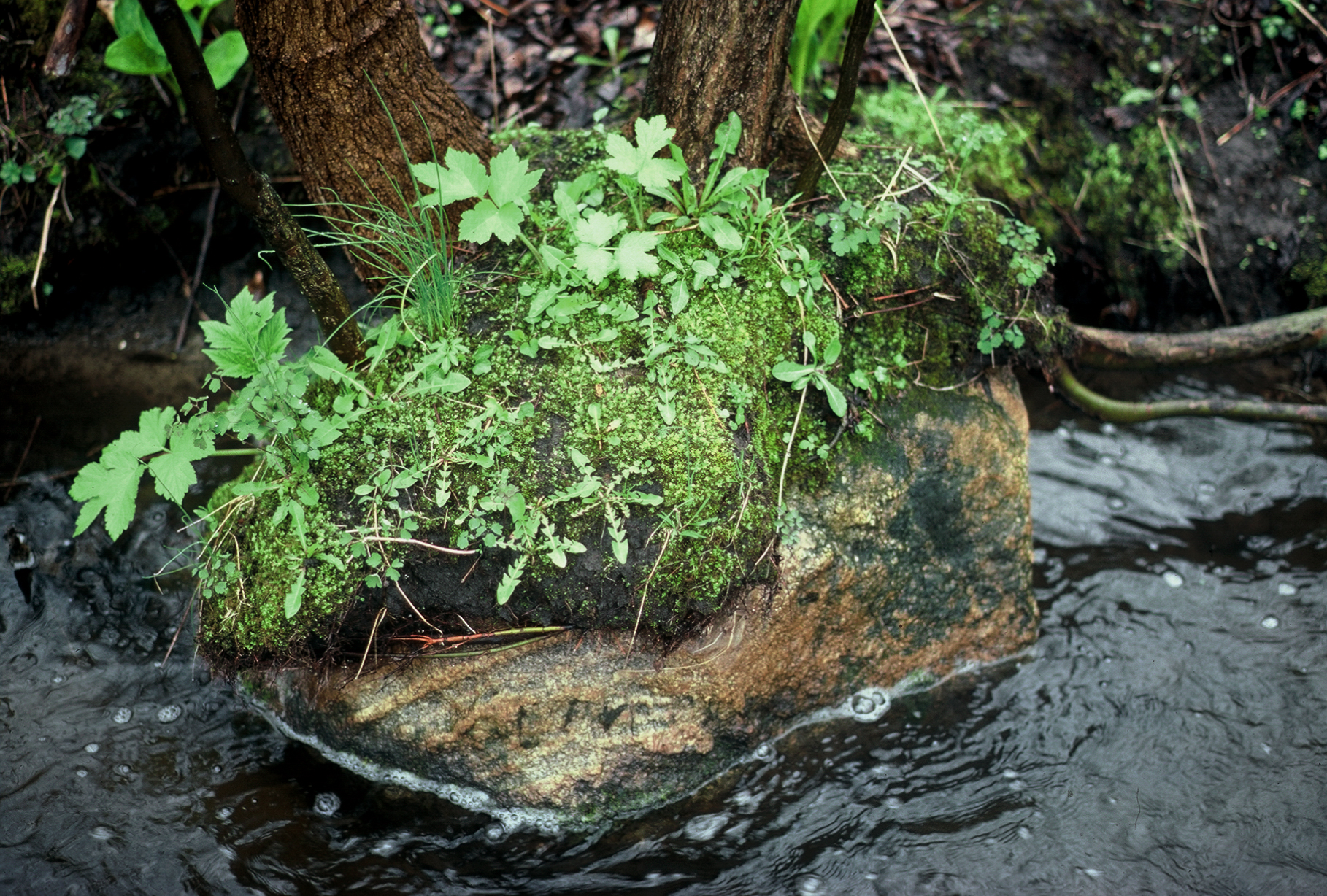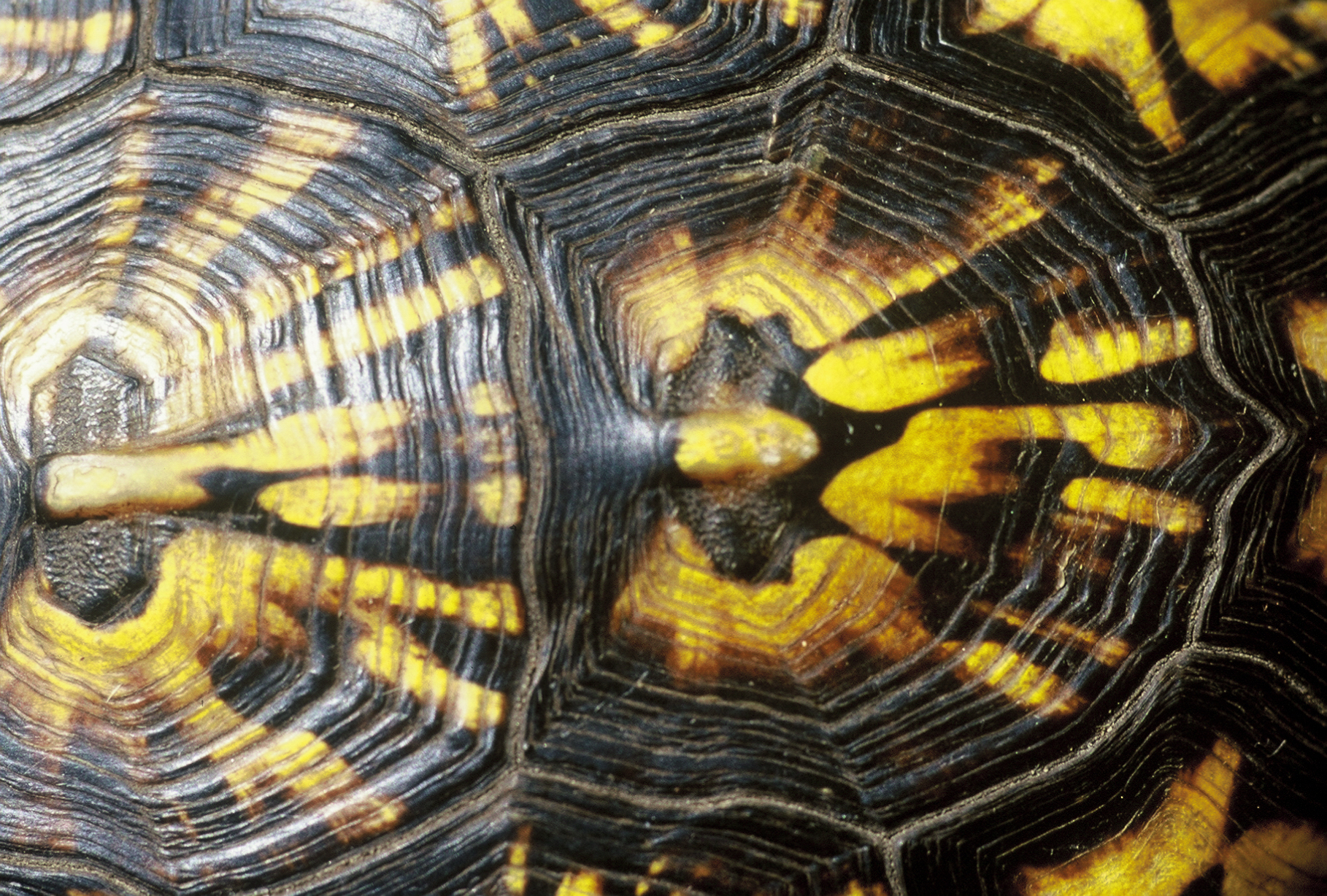



Woodland Root Beer Plant -Aromatic Root-Edible Root
Provides the licorice flavor to root beer. Found in rich woods from Quebec to Kansas. A Menominee dish was made using the root of spikenard, wild onion, gooseberry and sugar. The blanched young spring shoots were also eaten. The fruit is relished by wild turkey. Grows best in part to full shade. A long–lived perennial spikenard can reach up to 6 feet in moist soil but is usually half that in cultivation. Our seed source comes from Michigan’s upper peninsula near Lake Superior. It is a vigorous shade loving plant and lasts a long time even as a landscape plant near the house with all the different mixed soil profiles. As far as the edibility goes, the root is very spicey and strong. The young shoots are OK to eat. The fruit is edible but usually only processed into jelly somehow. Not much is known on processing this plant for eating. Some culinary uses need to be explore further to find more about its use and health benefits.
This plant like Solomons seal is an easy perennial plant to establish in a cultivated woodland setting. Even from a landscape point of view it grows well in a variety of conditions but prefers moist somewhat shady conditions and moist soil. The fruit production is heavy and I am uncertain if it can be eaten safely. It appears that the plants will begin fading after 5-10 years. In some locations with plenty of moisture I have seen 6 ft. tall plants fully fruited and by itself it is a nice ornamental just for the flower and fruit displays. I am not seeing any natural regeneration from seed with this plant which is kind of surprising considering the quantity of seeds. The roots get thicker and thicker with each year. My goal is to dig one of those up in its entirety to see what is going on down there. It looks fairly industrial after 6 years.
| Plant Specs |
| Genus & Species |
Aralia racemosa |
| Seed Source |
Michigan-originally collected in Michigan's upper peninsula near Lake Superior. |
| Hardiness |
minus 30F or more. |
| Height (ft) |
6 |
| Width (ft) |
4 |
| Pollination Requirements |
Self fertile. |
| Soil |
Does best in fertile loam soil rich in organic matter and moisture if possible. |
| Climate |
Found in Zones 3-8 in mountainous areas near streams as well. Not an open field hot climate plant. |
| Ease of Cultivation |
Very adaptable to a wide range of conditions.
Deep tap rooted plant. Fruit relished by birds as they ripen from green to blue. More work needs to be done with the culinary aspects of it as well as it use in general. It is likely that the species could be used as a supplemental plant in an agroforestry type of setting as it is relatively easy to cultivate and long lived. But the question remains on how to use it and its health benefits. You see it often in the health food store powdered and in capsules. Not appealing but maybe effective. |

